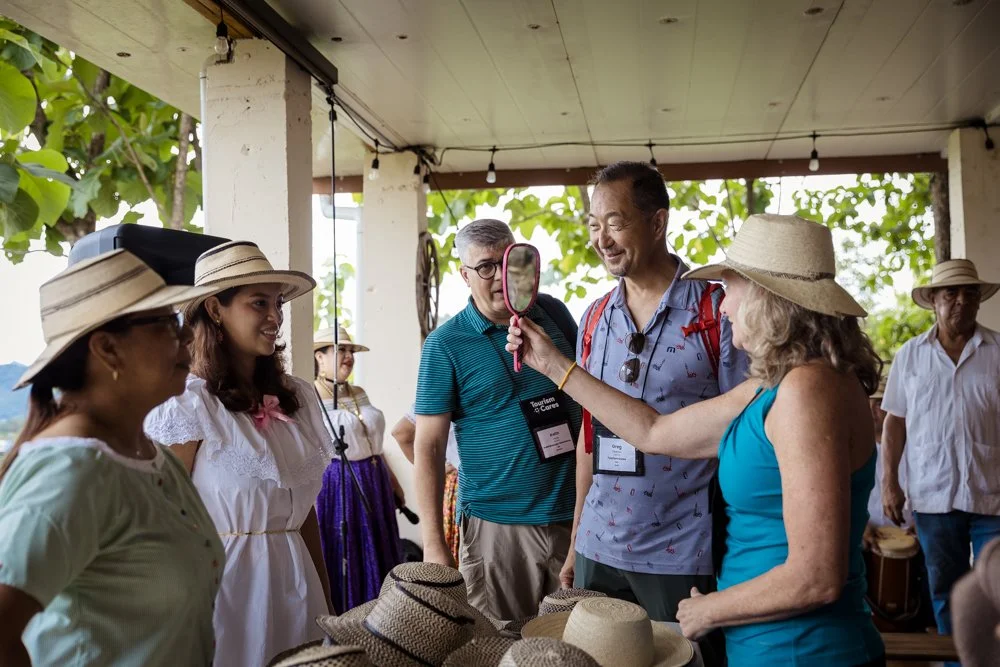Tourism is one of the most powerful tools for economic development and cultural exchange in the modern world. Yet, for its benefits to reach the grassroots, tourism must be designed to empower not exclude local communities. One of the most effective approaches to achieving this is through community-based tourism (CBT), a model that places local people at the center of tourism development. By involving communities directly in planning, managing, and benefiting from tourism activities, CBT has the potential to drive inclusive and sustainable growth.
1. Empowering Local Communities Economically
Community-based tourism provides a direct avenue for local people to earn income through accommodation, guiding services, handicrafts, food production, and cultural experiences. Instead of profits flowing to external investors, much of the revenue remains within the community. This helps to reduce poverty, stimulate local entrepreneurship, and create employment opportunities across different skill levels. When community members have a financial stake in tourism, it strengthens their economic independence and resilience.
2. Promoting Social Inclusion and Equity
Unlike conventional tourism models, CBT emphasizes inclusivity. It encourages the participation of marginalized groups such as women, youth, and indigenous populations. By providing equal opportunities to contribute to and benefit from tourism, CBT promotes social equity and a more balanced distribution of wealth. Women, for example, can lead homestay programs, food production, or cultural performances, while young people may work as tour guides or digital marketers for their community.
3. Strengthening Cultural Identity and Heritage
Community-based tourism allows destinations to showcase their unique cultural traditions, heritage, and ways of life in an authentic way. Cultural festivals, storytelling, traditional crafts, and local cuisine become part of the tourist experience. This not only provides economic value but also helps preserve cultural heritage for future generations. Communities take pride in their identity and gain a stronger voice in how their culture is presented to the world.
4. Enhancing Environmental Stewardship
Many CBT initiatives are rooted in natural environments such as forests, mountains, rivers, and rural landscapes. By making communities key stakeholders in tourism, there is a greater incentive to protect natural resources. Locals become custodians of their environment, promoting eco friendly practices like responsible waste management, reforestation, and wildlife conservation. This environmental awareness contributes to long term sustainability.
5. Encouraging Local Ownership and Decision-Making
A defining feature of CBT is community control. Locals are actively involved in decision-making processes regarding tourism development, pricing, marketing, and resource use. This builds local capacity, strengthens governance, and ensures that development aligns with community values and needs. As a result, tourism becomes a partnership rather than an external imposition.
6. Reducing Urban-Rural Inequality
Tourism is often concentrated in urban centers or popular resorts, leaving rural areas behind. CBT helps bridge this gap by bringing economic activity to remote or underserved regions. By attracting visitors to rural communities, CBT stimulates infrastructure development such as roads, communication networks, and clean water systems benefiting both tourists and residents alike.
7. Building Resilience Against Economic Shocks
When communities diversify their income sources through tourism, they become less vulnerable to external shocks such as natural disasters, pandemics, or agricultural downturns. CBT fosters self-reliance by encouraging skills development and innovation. Communities that have built strong tourism models can adapt more easily to changing economic conditions.
8. Creating Meaningful Tourist Experiences
Modern travelers increasingly seek authentic, immersive experiences rather than mass-market tourism. CBT offers opportunities to engage with real people, learn about their culture, and participate in daily activities. This human connection enriches the tourist experience and often leads to repeat visits, stronger tourism branding, and global cultural exchange.
Conclusion
Community-based tourism is more than just an economic model it is a pathway to inclusive growth, empowering people, preserving culture, and protecting the environment. By ensuring that local communities are not passive recipients but active leaders in tourism development, CBT builds stronger, more resilient societies.
To unlock its full potential, governments, private sectors, and development partners must provide supportive policies, infrastructure, and capacity building programs. When done right, CBT creates a tourism industry where everyone benefits, not just a few






